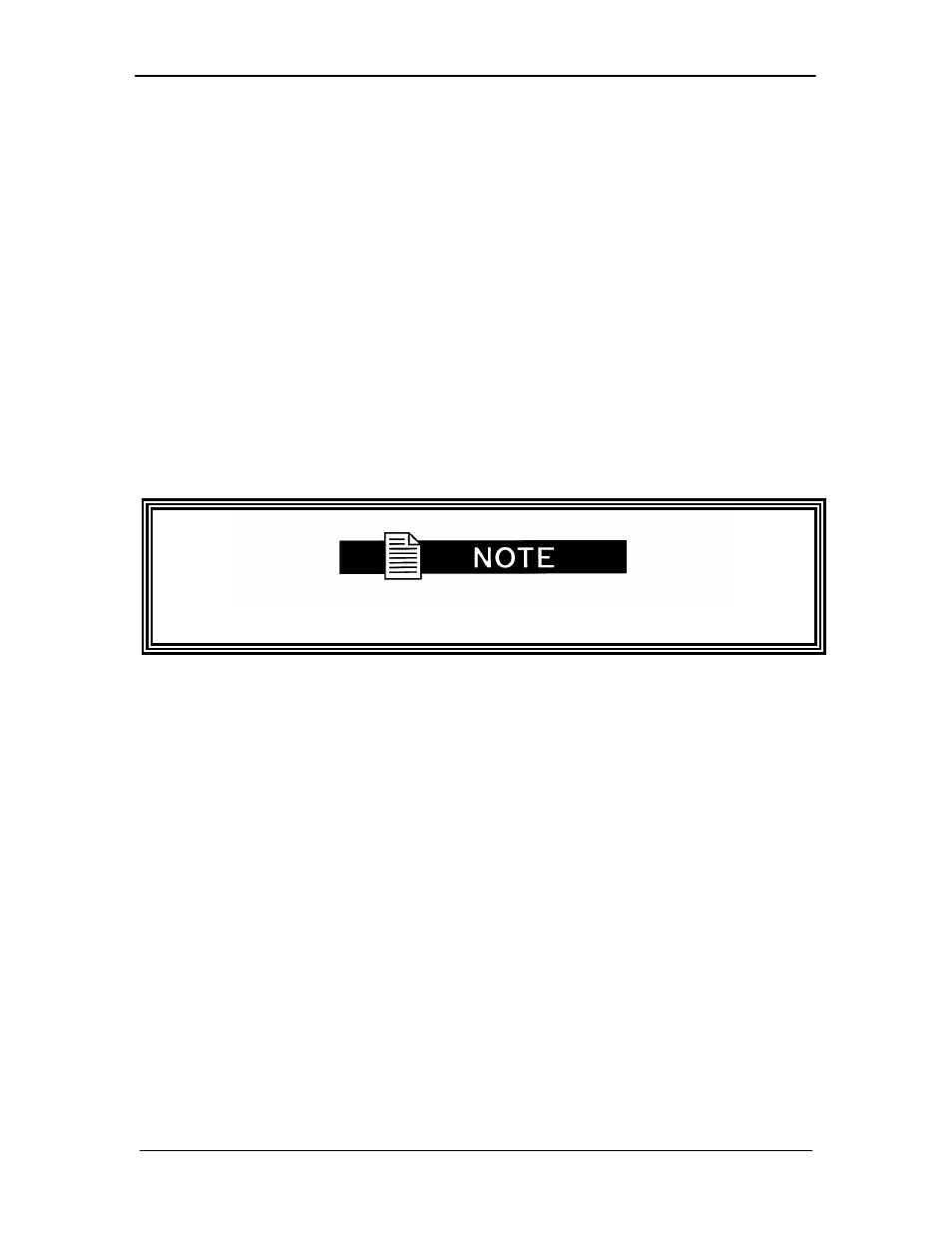Comtech EF Data DD2401 VME User Manual
Page 23

DD2401 VME L-Band Demodulator Card Installation & Operational Manual
Theory of Operation
MN-VME2401 – Rev. B
3-5
SCT (Internal Oscillator)
3.2.1.1 RX SAT Clock
The RX Sat clock is recovered from the satellite that is received from the distant end. If selected
the Buffer Clock is lock to the RX sat clock.
3.2.1.2 SCT: Serial Clock Transmit
If SCT clock is selected as the RX Buffer clock source, then it should be configured for internal.
SCT is sometimes referred to as Internal Timing or Send Timing (ST).
3.2.2 EXT REF: External Reference, J2
This is not actually a clock, but does have some clocking implications. When the external
reference is used, the master oscillator within the modem is locked to the external reference, and
the internal accuracy and stability of the unit assumes that of the External Reference. Therefore,
not only are the transmit frequencies locked to the external reference, but the modem’s internal
SCT Oscillator is locked to the external reference as well.
External reference port input is specified at 0 to +6 dBm.
3.2.2 Reed-Solomon Operation in the DD2401 VME Demodulator Card
When the Reed-Solomon Decoder is enabled, the signal is received and demodulated by the
receiving unit, fed to a Viterbi Decoder for the first layer of error correction. After error correction
by the Viterbi Decoder, the unique words are located and the data is deinterleaved and reformed
into blocks. The R-S Decoder then corrects the leftover errors in each block. The data is then
descrambled and output from the R-S Section.
3.2.3 Reed-Solomon Code Rate
The R-S Code Rate is defined by (N, K) where N is the total R-S block size in bytes (data + check
bytes) and K is the number of data bytes input into the R-S Encoder. The transmission rate
expansion required by the R-S Codec is then defined by N/K. The DD2401 VME
DEMODULATOR CARD allows any N or K setting up to N = 255, and K = 235 to allow tailoring of
the code rate to meet system requirements, with the following restrictions:
1. N/K must be less than 1.25 (25% maximum overhead).
2. N-K must be between 2 and 20, and must be even.
3. Maximum N = 255, Minimum N = 25.
4. Maximum K = 253, Minimum K = 23.
